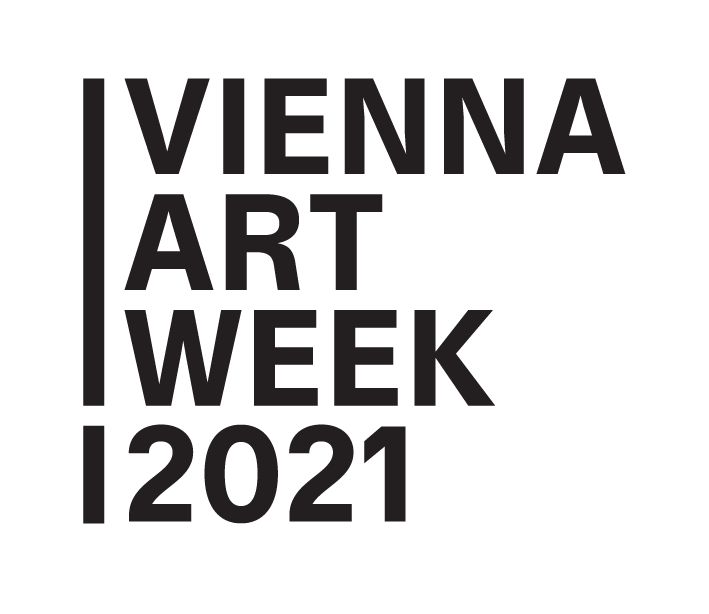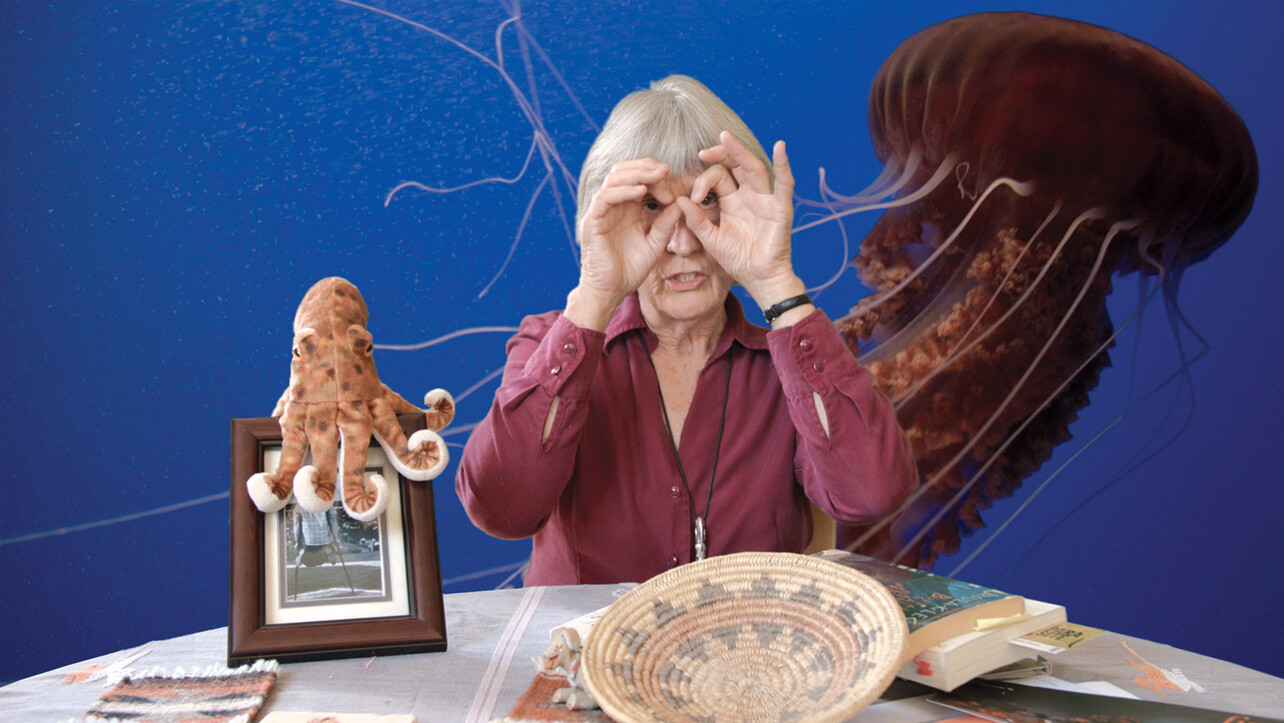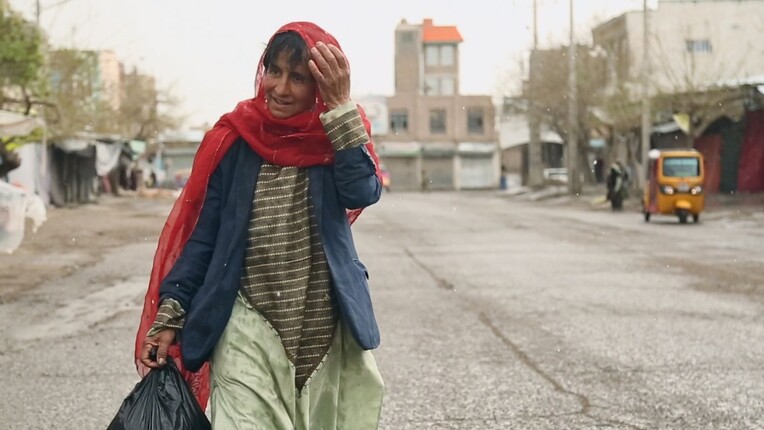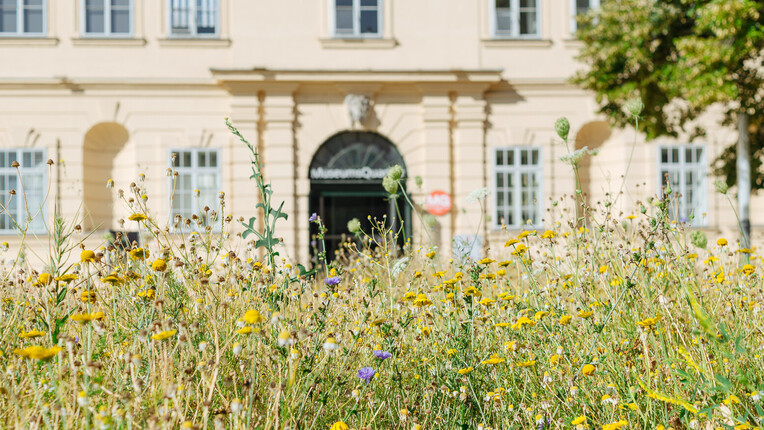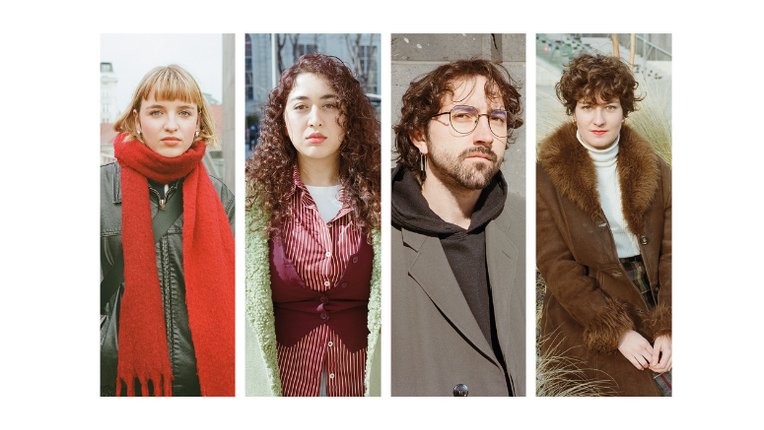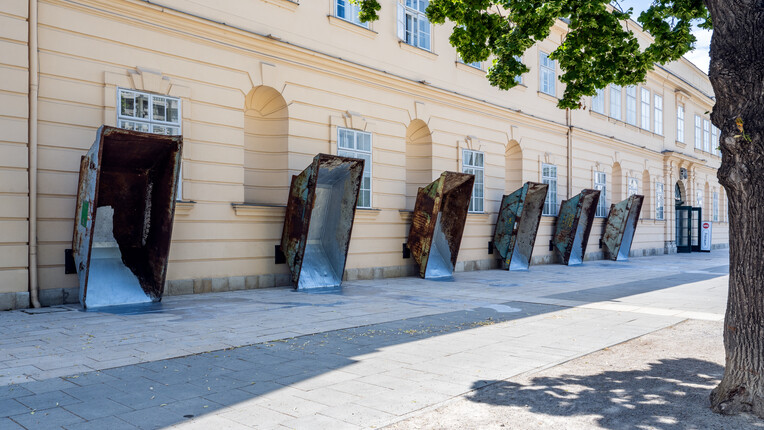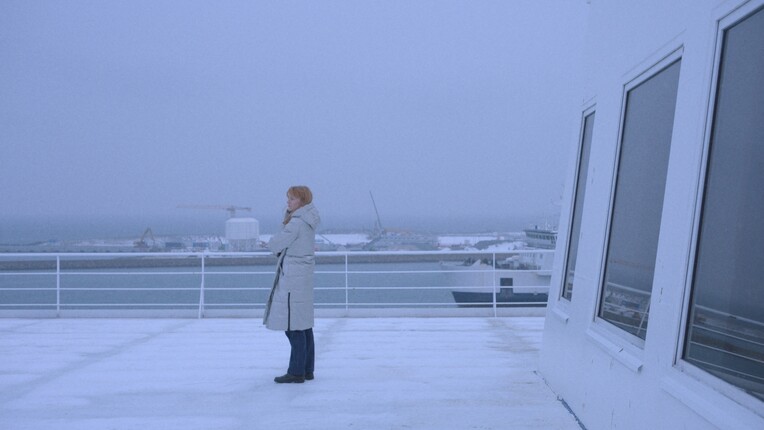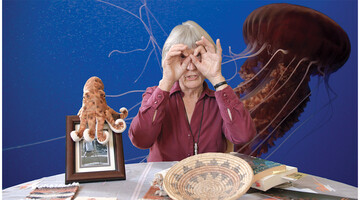
"I trust the transformative power of art in provoking a shift in our ways of seeing and making sense of the world."
Invited by curator Oliver Ressler, Vanina Saracino will present a Thursday Talk as part of the exhibition "Overground Resistance" at frei_raum Q21 exhibition space. On the occasion of Vienna Art Week, she talked with Sabine Winkler about her curatorial practice and artistic activism.
Sabine Winkler: Your curatorial work focuses on human-induced environmental degradation, which you explore from different viewpoints, especially more-than-human perspectives, intersectional resistance and climate justice. You have collaborated with Oliver Ressler on several projects; how did this collaboration evolve and develop, and what are your plans for your stay in Vienna?
Vanina Saracino: While in Vienna, I plan to connect with artists and colleagues with similar focuses and to research and write about intersectional resistance in art practices – a topic that is at the centre of Oliver’s work and to which he has contributed vastly. We have some activities planned: a talk within his exhibition and a joint lecture at the seminar I teach with Nina Fischer at UdK. Regarding our collaborations, I met Oliver in 2019 at Videonale.17 (Bonn), a festival based on expanded video practices and run by Tasja Langenbach, where I was serving as a jury member. At the time, I was curating the Screen City Biennial 2019 with Daniela Arriado on themes strongly related to climate justice, and we were impressed by his dedication to activist movements, so we invited him to be part of the exhibition in Stavanger. Shortly after, I took part in his project Barricading the Ice Sheets and, a few months ago, he invited me to this residency at Q21, for which I am very grateful.
Your seminar at the UdK is entitled Seeing Through Flames - Intersectional resistance towards (climate) justice. Expanding on a previous course that examined the overcoming of the prevailing binary and anthropocentric paradigm through symbiotic interspecies relationships, the current seminar centres on the potential of art to reflect on transforming our perspectives and consciousness into sustainable social change. How can this be done from an intersectional perspective?
I see collective organization toward (climate) justice as a necessary and complementary part to the individual shift toward more-than-human perspectives and “tentacular thinking” – which is a framework proposed by Donna Haraway to overcome binary thinking. Intersectionality offers another crucial framework that makes us more aware of the dense inequalities that surround us, and that are often overlooked. In essence, it addresses oppressive power and considers the different aspects of a person’s identity, social, political, and economic status that become incremental discriminatory factors, and that must be thus taken into account together. There is a tendency in art practices today to contribute to a more complex understanding of the world from both an intersectional perspective and a more-than-human perspective, which certainly mirrors common concerns about the future.
What future potential do you associate with artistic activism as a form of intersectional resistance? In what way can artistic practices contribute to the necessary politicisation of ecology, sustainable solidarity, and climate justice?
Personally, I trust the transformative power of art in provoking a shift in our ways of seeing and making sense of the world, but I also doubt that those practices that identify or relate to what you refer to as “artistic activism” can have any real impact if and when they are exclusively shown in museums or art galleries. By mostly addressing an audience who already knows or agrees with the ideas and principles conveyed by those works, there is a risk of being trapped in an epistemic bubble and not having much resonance outside of it. On the contrary, I believe that art with political aims (but really art, period) should make an effort to overcome the traditional exhibition venue and be seen in public space, brought to people and ideally brought for free – its ideas being spread like mushroom spores. Luckily there is a growing tendency in this direction, in decentralizing the museum as a site of discourse, and it happens in conjunction with the growing concerns of art toward multiple forms of equality and justice. In addition, I would like to point out the fact that artists, independent curators, and freelance cultural workers are crucial in keeping this freedom, and should be better supported. Unfortunately, the pandemic has revealed the fragility of this sector even further.
Yes the pandemic has made a number of fragilities visible and reinforced the urgency of support and solidarity. A topic in great need of discussion …
Last question, you also refer to art and cultural critic TJ Demos and to a residency in Chiapas, Mexico, which involved an approach to EZLN* practices and indigenous epistemologies in relation to western-oriented practices. Can you briefly outline these specific perspectives and modes of approach of the EZLN?
The traditional Western worldview sees the planet as a conglomerate of resources to be exploited in order to maximize profit for a few, whereas indigenous epistemologies (including those defended by the EZLN) and ancestral knowledge do not conceive a separation between us and nature – therefore, the exploitation of nature is a self-harming act. Everyone who co-habits the planet is considered kin, part of an extended family, and equally crucial to survival. Since the early 2000s, when I first learned about the EZLN (which had been active since 1983 and at war with the Mexican government since 1994) I have been very impressed by the way the Zapatistas use art to communicate their principles and ideas, particularly creating wonderful murals that include powerful messages and claims like un mundo donde quepan muchos mundos (“a world in which many worlds can fit”). I find their inclusive ideas and notions of kinship, nature, and society an inspiring example when elaborating a more just future for all earthlings.
We are looking forward to your talk “Seeing Through Flames – Intersectional resistance towards (climate) justice”, which will take place on 18.11.2021 as part of the exhibition Overground Resistance curated by Oliver Ressler.
Thank you, I look forward to this conversation too.
* EZLN, Ejército Zapatista de Liberación Nacional (Zapatista Army of National Liberation)
Vanina Saracino: SEEING THROUGH FLAMES – Intersectional resistance toward (climate) justice
Thursday Talk im Rahmen der Ausstellung "Overground Resistance"
Datum: Do 18.11., 18.30h
Ort: frei_raum Q21 exhibition space
Eintritt frei, es gelten die aktuellen Zutrittsregelungen.
Within the frame of ‘tentacular thinking’ (Haraway, 2016), Seeing through flames will reflect on art’s potential to transform our modes of seeing, and to translate this shift into lasting social change. Departing from an intersectional standpoint, the talk will virtually bring together multiple artistic practices that pursue a political impact while also actively disengaging from the universalizing discourse of the Anthropocene underlining, instead, the multiple levels of discrimination that must be taken into account when organizing collective action.
